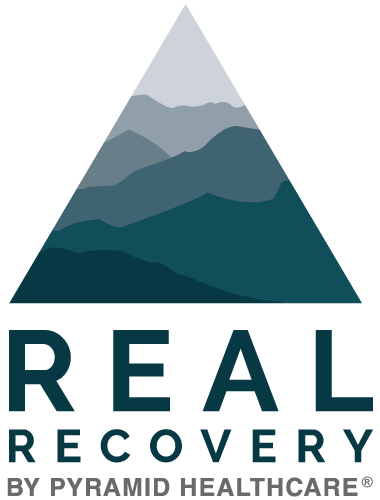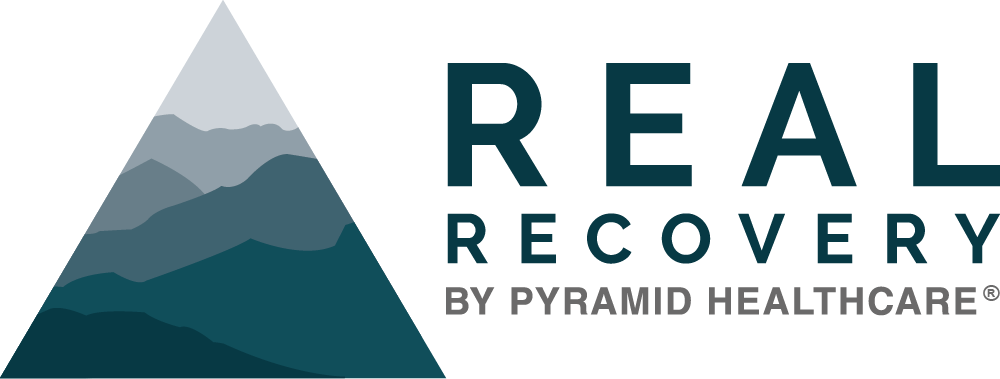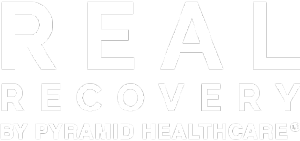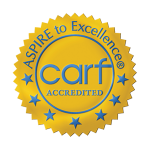In the United States, nearly 15 million people struggle with alcohol use disorder, according to the 2019 National Survey on Drug Use and Health. Unfortunately, only around seven percent of those people go on to receive treatment in a given year.
One common reason individuals don’t seek much-needed treatment is that they are unaware of the treatment methods available and their effectiveness.
Are you or a loved one hoping to break free from alcohol abuse, but aren’t sure where to start? In this article, we’ll dive into the details of one highly effective treatment option: medication-assisted treatment.
How does medication-assisted treatment work?
Medication-assisted treatment (MAT) involves the use of approved substances alongside therapy to aid in recovery from alcohol use disorder. This article will specifically focus on alcohol rehab, but medication can also be used in combination with therapy for opioid and tobacco use disorders.
A variety of drugs are used as part of MAT and each has unique benefits. Some medications reduce the withdrawal symptoms experienced in early recovery. Others work by suppressing cravings for alcohol. They may also help to block the euphoric effects of alcohol in the event of a relapse.
The end goal of MAT for alcohol use disorder is a completely substance-free life. In order to achieve this, medication is administered in heavier doses at first, and as you become stronger in your sobriety, the dose will slowly decrease until you no longer need to take the drug.
There’s a common misconception that MAT is counterproductive for recovery because it substitutes alcohol addiction with dependence on another, albeit less harmful, drug. While these medications can be abused like any other substance, medication-assisted treatment for alcohol use disorder is no different than taking insulin for diabetes. Addiction is a disease that has physical and mental components—both need to be addressed.
What medications are available for alcohol use disorder?
Currently, three medications are approved by the United States Food and Drug Administration for use in medication-assisted treatment for alcohol use disorder. The approved drugs are as follows:
- Naltrexone
- Acamprosate
- Disulfiram
These substances have varying results and side effects, according to research published in the journal American Family Physician. If you’re interested in learning more about MAT, talk with your doctor to find out which medication might work best for you.
Is medication-assisted treatment effective?
Studies have shown that medication-assisted treatment is a safe and effective method of treatment for alcohol use disorder recovery. Researchers performed a meta-analysis of naltrexone, acamprosate and disulfiram for the treatment of alcohol addiction and reported the following statistics:
- A 2008 study published in Alcohol and Alcoholism followed 243 individuals through a 12-week MAT program and found that medications showed a reduction in drinking, fewer heavy drinking days, higher numbers of abstinent days and lower overall alcohol consumption
- A 2010 study from the Cochrane Database of Systematic Reviews with 7,793 participants found that medication reduced the risk of heavy drinking by 83 percent
- A 2005 study of naltrexone, a substance commonly used to treat opioid use disorder is also effective in decreasing alcohol use; compared with a placebo this drug decreased drinking days by 25 percent according to JAMA
While MAT can be effective in helping you to heal from alcohol use, it cannot guarantee life-long recovery. There is no medication that can permanently prevent relapse. To increase your chances of maintaining long-term sobriety, you’ll need to commit to continuing treatment and making lifestyle changes that reflect your dedication to abstinence from alcohol.
What happens during medication-assisted treatment for alcohol?
To begin medication-assisted treatment, you’ll first work with a physician and/or counselor to create a treatment plan. This plan will serve as a guide to your recovery with quantifiable steps along the way. MAT is always coupled with psychotherapy and other treatment modalities.
Psychotherapy for alcohol use disorder is usually based on cognitive behavior therapy (CBT), in the form of individual counseling or group therapy. These sessions will help you to identify stressors and triggers, create alternate healthy coping mechanisms and heal the root causes of your behavior.
As your medication as well as lessons from CBT begin to take effect and you’ve been sober for a significant period of time, you’ll be able to scale back on both modalities of treatment. However, sudden cessation of these medications can be harmful, so gradually decreasing the dose needs to be monitored by a healthcare professional to avoid complications. Talk with your doctor if you think you may be ready to start this process.
Many individuals find that continuing MAT indefinitely is essential to sustaining sobriety. Others are able to wean off the drugs completely after a few months or years. After MAT is completed, it’s highly recommended that you continue to utilize peer support groups and other maintenance programs.
How do I get started with medication-assisted treatment?
Medication for alcohol use disorder is only administered by regulated facilities, so you’ll need to sign up for an inpatient or outpatient rehab program in order to access safe and effective care.
Contact Real Recovery to get started with MAT. Real Recovery offers both inpatient and outpatient programs to fit your needs. Call us today.





